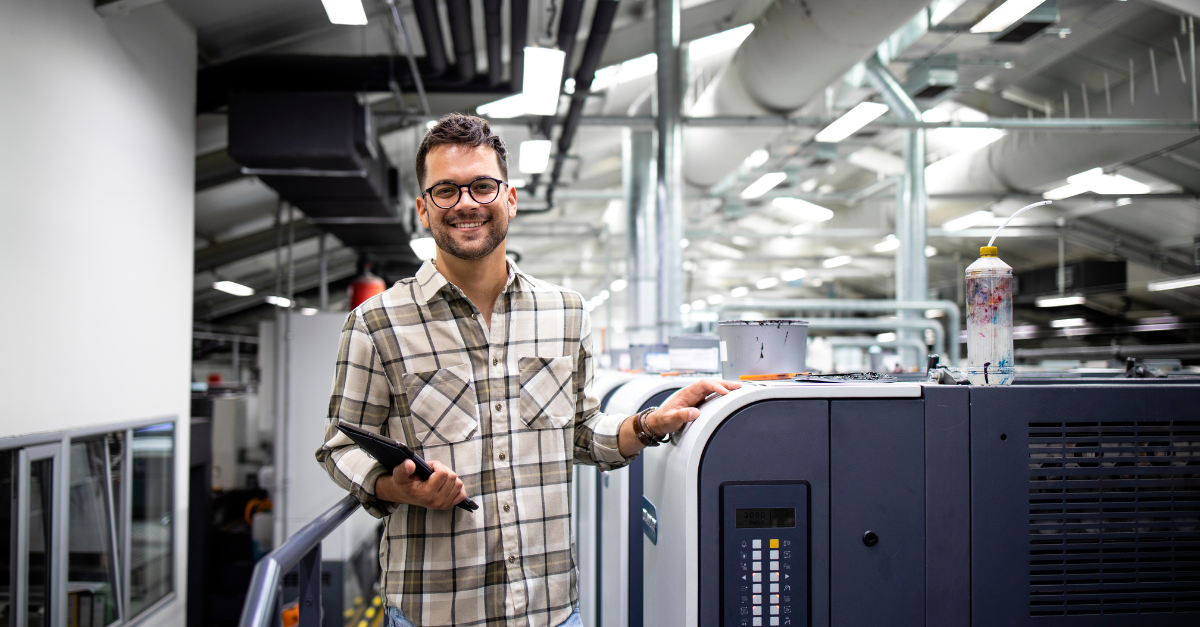Separating conjoined twins, already possible, now safer through 3d technologies
This article was published today on 3dprint.com and it yet again shows how beneficial 3d software and printing can be to the medical world.
One of the more interesting applications for 3D printing in the medical industry is the use of 3D software and 3D printers in surgical preplanning. It has been used to help doctors in a wide variety of complicated medical cases and probably saved many of the lives involved. The process involves converting a combination of CT scan, MRI or ultrasound data into a 3D model and then 3D printing it using a high-quality 3D printer. The 3D printed replica, usually an organ, can then be studied by doctors who can visualize what the inside of the patient’s body will look like, and give them the chance to plan the best way to perform any complicated procedures.
Typically doctors use this process on a single organ like the heart, where the defect is often directly inside of it. But the process was recently used in a far more complex procedure by surgeons at Fudan University in Shanghai that pushed the limits of how 3D printing is used in a medical setting. When twins Yu Ce Yuan and Yu Ce Xiang (also known as James and Harley) were born in the remote mountainous region of Guizhou, China their parents had been too poor for any prenatal care. Unfortunately this led to their mother giving natural birth to a pair of twins that were joined at the abdomen and pelvic bone. A large number of children born with deformities in the poorer parts of China are often put up for adoption or abandoned, however that wasn’t an option for Yuan and Xiang’s parents.
“In the beginning there was nothing abnormal. It was only when I had the baby that I realised they were conjoined twins. It was very painful and difficult. I felt like I was soon to die, like I couldn’t breathe and there was a lot of blood. I never considered giving them up. I gave birth to these children, they’re my flesh and I wouldn’t give them to anyone else,” said the twins’ mother, Zhou Li.
Unfortunately Yuan and Xiang’s parents were very poor and found themselves unable to pay for the life saving surgery, even after raising money from friends, family and their community. At one point their father feared that he and his wife would be forced to choose between their children, essentially being asked to decide which of them would live and which of them would die. That’s a position that no parent would ever like to find themselves in, naturally, so they travelled to the hospital at Fudan University nearly 1,000 miles away hoping to find help. Thankfully, while in Shanghai, they heard about a charity called Love Without Boundaries, who were able to assist Yuan and Xiang’s parents in raising enough money to cover the cost of the $60,000 procedure.
The surgical team started by combining the twins’ CT and MRI data into a 3D printable model and sending it off to be 3D printed. The digital 3D model would be used as a guide during the operation, and the printed model would give them a clearer picture of exactly how and where the twins were joined. This allowed them to develop a plan the complex surgeries that would permanently separate them. The surgeons determined that the first step would be separating the shared liver and the pelvic bone. They would then need to bring in a new team of surgeons to work on the twins’ intestines and bladder. At that point a team of orthopedic surgeons would need to step in to completely rebuild the babies’ pelvic cavities.
“The surgery is important for two people’s lives and their quality of life, urination, defecation and the bodily functions they will use in the future. Their makeup is extremely complicated, they only have one anus, four urethra and four bladders – their structure is incredibly complicated. Regarding protecting their lives, I’m positive. But to ensure two lives are intact, in terms of quality of life, normal functions like giving birth – I think that’s more difficult. The surgical procedures will be long, perhaps the children will have to go two or three surgeries,” explained Dr. Zheng Shan, one of the team of surgeons working on the twins.
The operation took place on February 24th and took well over twelve hours to complete. Fudan University is one of the first hospitals in China that has used 3D printed surgical preplanning to successfully separate nine pairs of conjoined twins. While Yuan and Xiang’s case was very complicated and rare — only 1 out of 30,000 twins are born conjoined — the team successfully saved both of the twins’ lives. While they will still need more surgeries in the coming months, things are looking very good for the boys. Just last week in fact that were taken off of their respirators and doctors have given them a good prognosis











